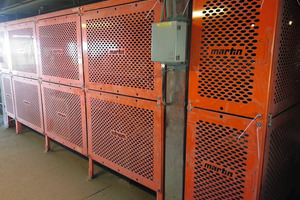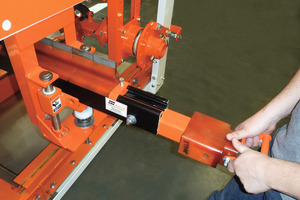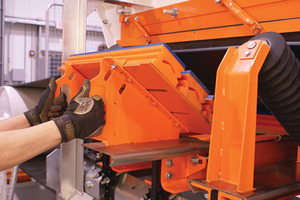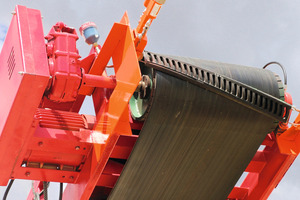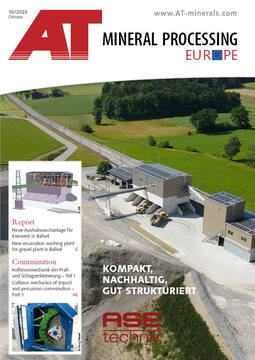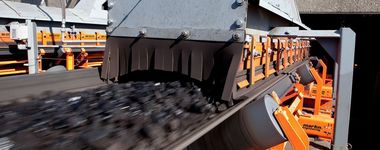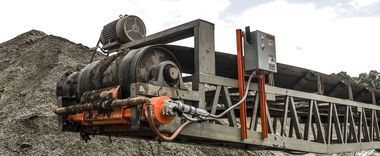Safe conveyor equipment design
Designs should be forward-thinking. This means exceeding compliance standards and enhancing operators’ ability to incorporate future upgrades cost-effectively by taking a modular approach. This method alleviates several workplace hazards, minimizes cleanup and maintenance, reduces unscheduled downtime and extends the life of the belt and the system. Before the drafting phase, designers should
establish the goals of reducing injuries and exposure to hazards (dust, spillage, etc.)
increase conveyor uptime and productivity, and
seek more effective approaches to ongoing operating and maintenance challenges
Combining safety & productivity
To meet the demands for greater safety and improved production, some manufacturers have introduced equipment designs that are not only engineered for safer operation and servicing but also reduced maintenance time. An example is the Martin® QC1™ Cleaner HD/XHD STS (Safe-to-Service) primary cleaner and the Martin SQC2S™ STS secondary cleaner, designed so the blade cartridge can be pulled away from the belt for safe access and replacement by a single worker.
The same slide-out technology has been applied to impact cradle designs. Systems like the Martin Slider Cradle are engineered so operators can work on the equipment safely, without breaking the plane of motion. External servicing reduces confined space entry and eliminates reach-in maintenance while facilitating faster replacement. The result is greater safety and efficiency, with less downtime.
An example of a safer belt cleaner is the CleanScrape®, which received the Australian Bulk Handling Award in the “Innovative Technology” category for its design and potential benefits. The revolutionary patented design reduces the need for bulky urethane blades altogether. It delivers extended service life, low belt wear, and significantly reduced maintenance, which improves safety and lowers the cost of ownership.
Unlike conventional belt cleaners that are mounted at an angle to the belt, the CleanScrape is installed diagonally across the discharge pulley, forming a three-dimensional curve beneath the discharge area that conforms to the pulley’s shape. The novel approach has been so effective that in many operations, previously crucial secondary belt cleaners have become unnecessary, saving further on belt cleaning costs and service time.
Low-bid process and life cycle cost
Although the policy is generally not explicitly stated by companies, the “Low-Bid Process” is usually an implied rule that is baked into a company’s culture. It encourages bidders to follow a belt conveyor design methodology that gets the maximum load on the conveyor belt with the minimum compliance to regulations using the lowest price materials, components and manufacturing processes available.
When companies buy on price, the benefits are often short-lived, and costs increase over time, eventually resulting in losses. In contrast, when purchases are made based on the lowest long-term cost (life-cycle cost), benefits usually continue to accrue and costs are lower, resulting in a net savings over time.
Conclusion
Engineering safer conveyors is a long-term strategy. Although design absorbs less than 10 % of the total budget of a project, Engineering / Procurement / Construction Management (EPCM) services can be as much a 15 % of the installed cost of a major project, additional upfront engineering and applying a life cycle-cost methodology to the selection and purchase of conveyor components proves beneficial.
Safety-minded design at the planning stage reduces injuries by engineering hazards out of the system. The system will likely meet or exceed the demands of modern production and safety regulations, with a longer operational life, fewer stoppages and a lower cost of operation.

